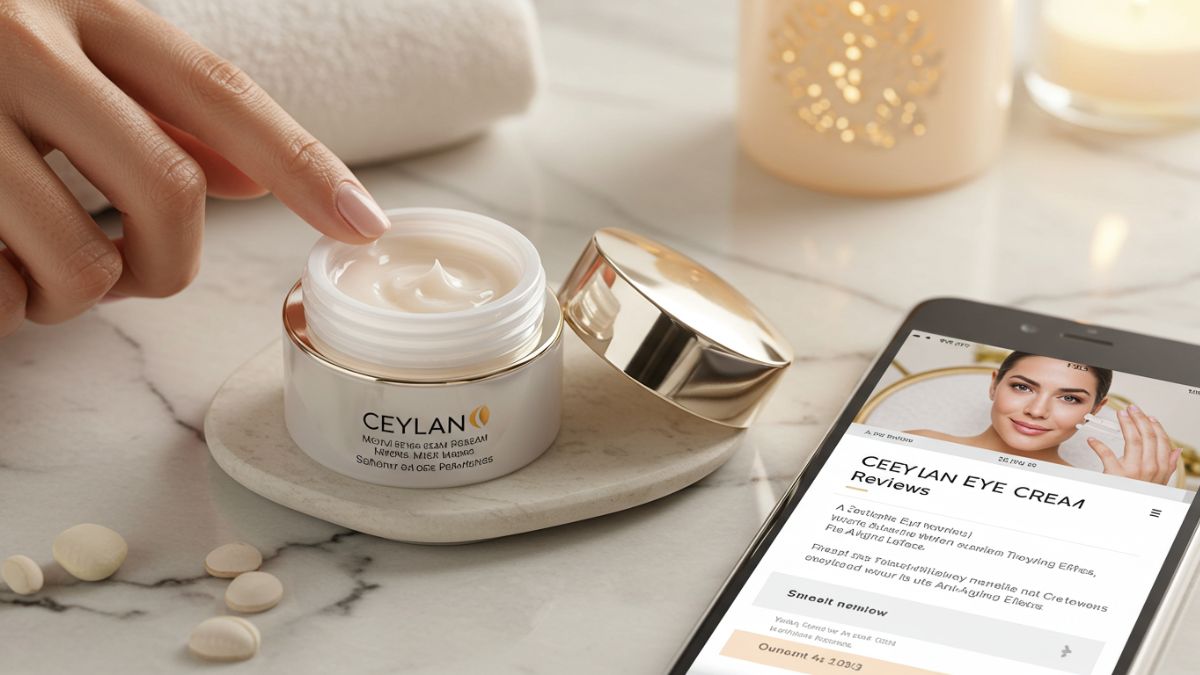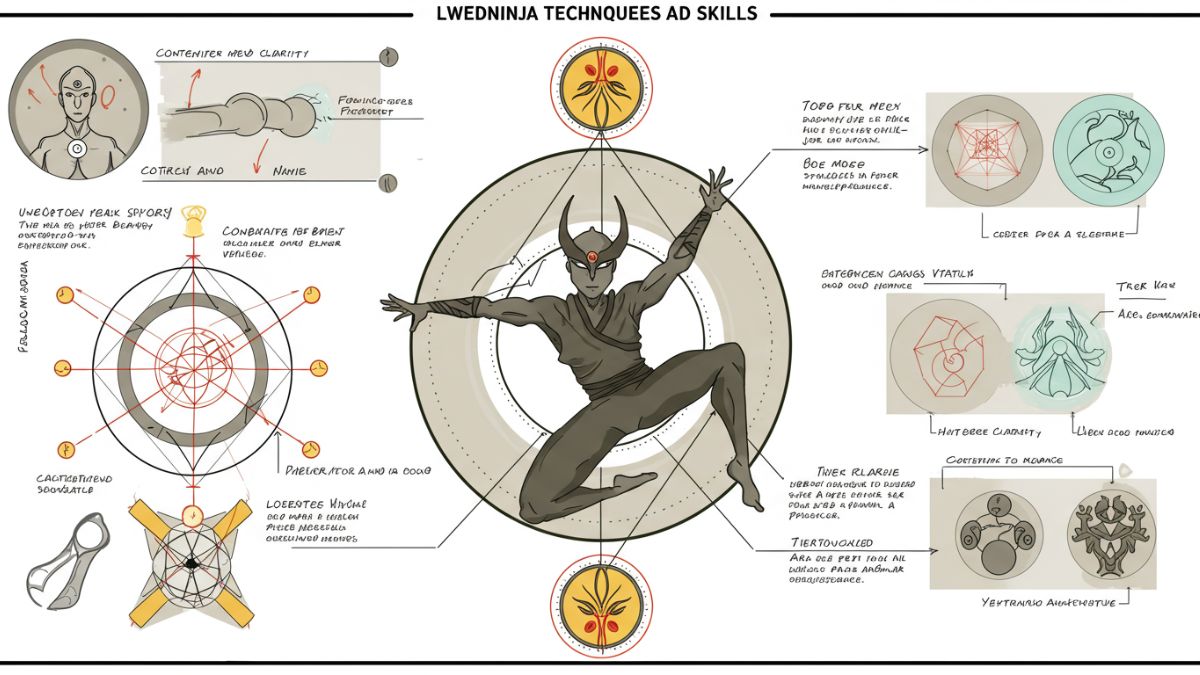Overview
Dermatillomania which is also known as excoriation disorder or skin picking disorder, is a mental health condition where a person has an irresistible urge to pick their skin to the point that they can cause actual injury to themselves which can result in infection or scarring. A form of BFRB’s (body focused repetitive behaviours) such as hair pulling and nail biting, it can make people feel anxious or embarrassed, especially when other people notice it. It can lead to them isolating themselves socially and developing anxiety or depression, as well as having a negative effect on their mental health, physical well-being and quality of life.
The areas that people with dermatillomania commonly focus on are those that are the most accessible such as the face scalp, neck, arms and legs. Whilst it often develops during puberty it can develop at any age and affects women only slightly more than men. The condition is fairly rare and is believed to affect around two percent of the population.
Symptoms
The main symptom of dermatillomania is having an impulse or urge to pick the skin that is overwhelming and impossible to resist. Picking the skin can be described as either scratching, squeezing, digging or rubbing. Generally it involves using fingernails and fingertips but some people can use their teeth to bite, especially on the lip area or even use sharp items like needles, pins or tweezers.
Types of picking
There are two types of skin picking and these are known as:
Automatic
Occurs without you consciously thinking about it so it could happen when you are reading, watching television, or driving in your car. Experts sometimes refer to it as scanning as people can move their hands or fingers across the skin until they find an area that they want to pick. They also believe it could be a form of self-stimulation as people often describe a feeling of relief or pleasure when they pick, followed by feelings of shame or anger.
Focused
With this type of picking a person focuses on a particular area, often because they feel there is some irregularity, imperfection, or sensation in the skin. Experts believe that focused picking can be a way to relieve boredom or feelings of discomfort. This type of picking can be more severe causing damage to the skin as it can occur for long periods of time.
Signs you could have dermatillomania
You could have developed the condition if you find that you have a tendency to:
- Pick at your skin because you think there is a flaw or blemish even when there isn’t
- You don’t realise that you are picking your skin or pick your skin when you are sleeping
- Cause your skin to bleed, bruise or become infected
- Are unable to resist the urge to pick your skin
- Pick spots, freckles moles or scars
- Have a tendency to pick when you feel stressed or anxious
Causes
There is no single cause for someone developing the condition but it is believed that several factors could contribute to its development including:
- Genetics, you are more likely to develop the condition if your parents, siblings or child also have it
- Brain structure, it’s believed that people who develop the condition are more likely to have differences in the structure of the brain that is responsible for how we learn and form habits
- Anxiety, stress or other conditions, dermatillomania can be a coping mechanism or form of self-soothing to help deal with boredom or other mental health conditions including depression
Related conditions
People with dermatillomania are more likely to suffer with other physical or mental health conditions including:
- Anxiety disorder
- BFRB’s
- Bipolar disorder
- Depression
- OCD (obsessive compulsive disorder)
- Prader-Willi syndrome which is a genetic condition that affects the body, metabolism and behaviour
Associated risks
In severe cases it’s possible to develop:
- Skin infections that could require antibiotic treatment
- Scarring bad enough to need surgery or skin grafts
- Sepsis a serious immune system over reaction that can be life threatening
Diagnosis
You should initially consult your health care provider about your skin picking especially if you are suffering with infections. They will diagnose the condition by conducting a physical examination of your skin and if necessary refer you to a dermatologist who specialises in the diagnosis and treatment of skin conditions.
They will also talk to you about your medical history and your general physical and mental well-being to see if any circumstance or behaviours are related to your skin condition. They could also run diagnostic tests to rule out any other causes such as blood tests or skin swabs.
In order to diagnose dermatillomania you will need to meet the following five criteria:
- Repeated and ongoing picking of the skin
- That you have made repeated attempts to either reduce the amount of, or completely stop picking your skin
- That your skin picking is having a negative impact on your social and work life as it causes you negative emotions like shame or embarrassment
- That your skin picking is not caused by any other skin condition such as scabies, eczema etc or is a side affect of medication either prescribed or recreational
- You don’t have any other mental health condition that could be causing you to pick your skin such as body dysmorphic disorder
Treatment options
Generally the condition is treated with a combination of medicine and therapy, medication can include:
- Anticonvulsants can help muscle movement which can help in some cases
- Antidepressants are most commonly prescribed
- Antipsychotics can help by modifying the balance in your brain chemistry
- Nutraceuticals can help reduce your urge to pick your skin and are nutrition related products
- SSRI’s (selective serotonin reuptake inhibitors)
Therapies used for the treatment of dermatillomania can include the following, either on their own or in combination:
- Acceptance and commitment therapy can help you to accept your negative emotions whilst teaching you positive coping mechanisms
- CBT (cognitive behavioural therapy) which not only teaches you coping strategies but also helps you to recognise and change your negative thoughts and behaviours
- Group therapy and peer support can be helpful
- Habit reversal therapy will help you to become more aware of your behaviours so that you are able to break bad habits, and to replace these with behaviours that aren’t harmful
Self-Help
In conjunction with any medication you are prescribed or therapy you might be having there are several ways that you can help yourself to manage the condition and reduce the urge to pick. This can include:
- Joining a support group where you can talk to other people with the condition without feeling judged and benefit from their experiences of how to manage symptoms
- Try to keep your nails short and smooth
- When you feel the urge to pick try to keep your hands busy by squeezing a ball or using a fidget toy to distract yourself, beaded bracelets or play dough also work well
- Put gloves on or plasters on your fingers when you pick your skin as this will reduce the satisfaction you feel
- Try to leave longer breaks in between picking your skin
- If you keep a diary it can help you to recognise what triggers your urge to pick and help you to avoid it.
- Try wearing an elastic band on your wrist and snap it when you feel the urge to pick, not only will this work as a distraction technique but it could also help you realise how often you pick and even what triggers your picking
- Ask your friends to tell you when they notice that you are picking your skin as this could help you to reduce how often you pick
- If you use tools such as tweezers or needles to pick your skin make sure that they are not within easy reach
- Make sure that you care for your skin by washing or moisturising it regularly
- Always ensure that you clean your skin and use suitable treatment if you have an infection as a result of picking
- Take up a hobby or craft that involves using your hands to try and discourage picking
Prognosis
Whilst dermatillomania isn’t a life threatening condition, in severe cases it can cause damage to the skin resulting in permanent scarring that could require skin grafts to repair the damage. Because of this it’s important that despite any feelings of shame or embarrassment that people with the condition seek healthcare advice sooner than later.
Because of the risk of relapse the condition is classed as being life long but with successful treatment patients can have periods of remission which can last for long periods and sometimes indefinitely. Written by Jan, Jeana and Wendy at Barnsley Hypnosis and Counselling (UK). For more free Information click above link.











